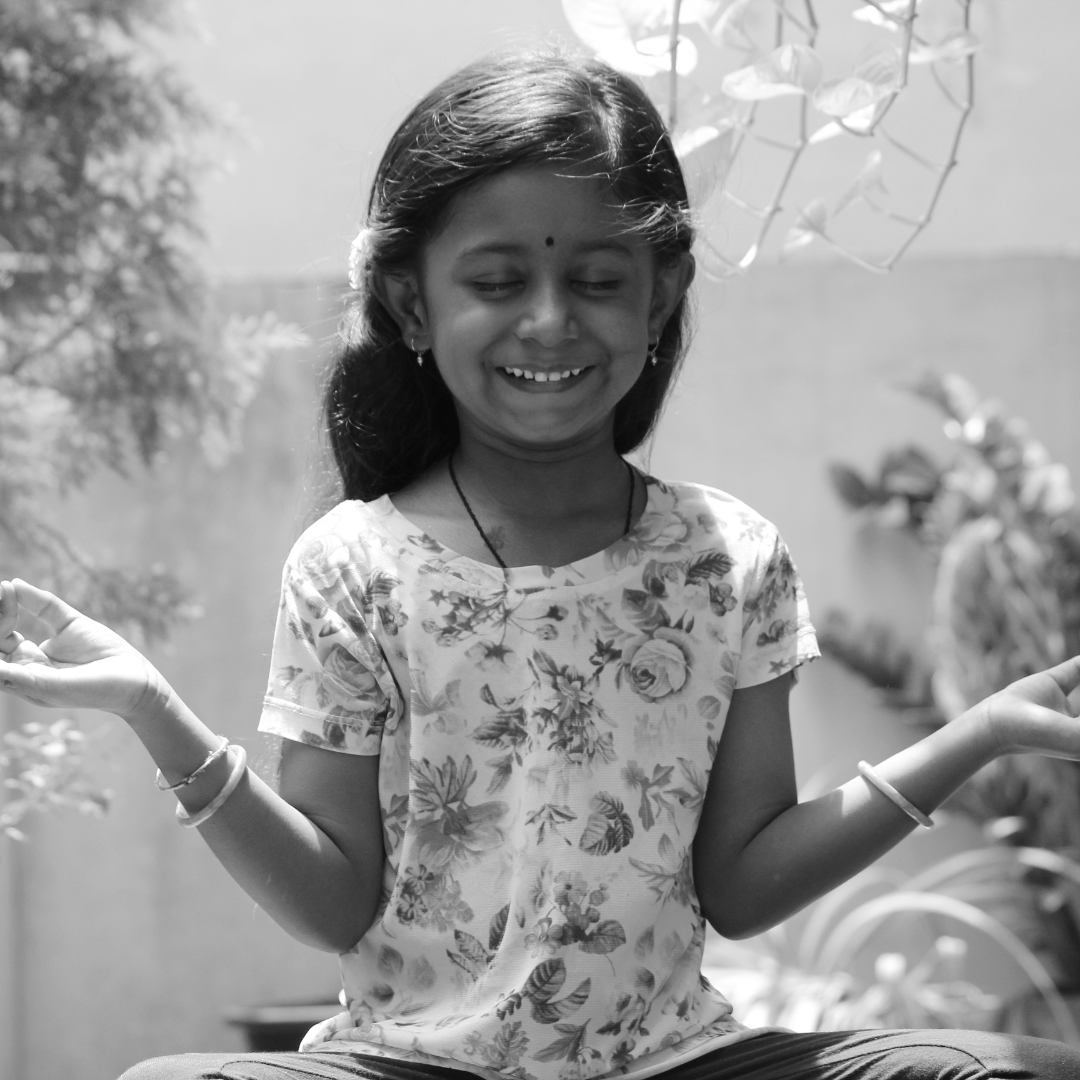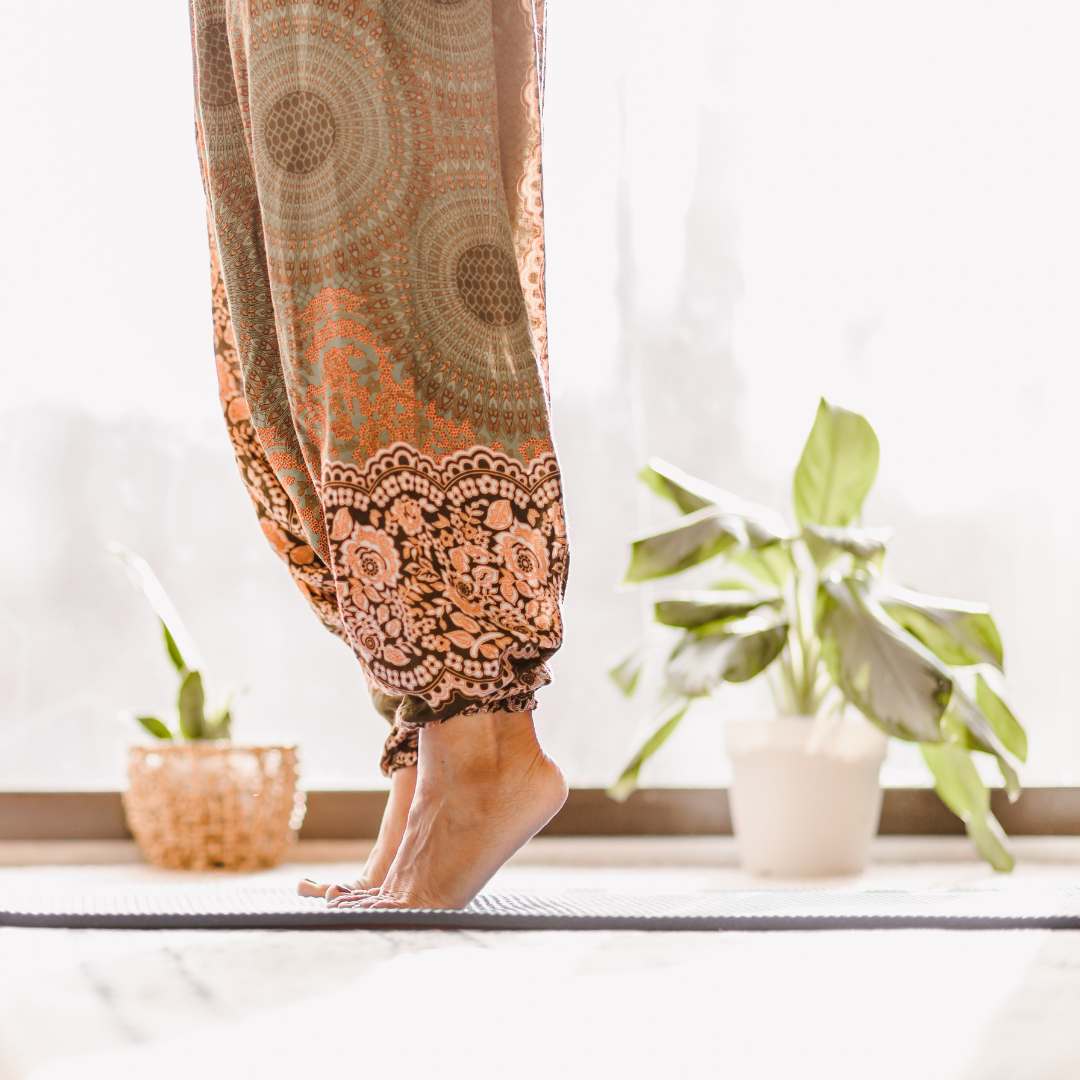When I completed my yoga teacher training, I took great joy in having the opportunity to undertake research on a topic that is very close to my heart – The benefits of Yoga for children with Autism Spectrum Disorder.
I have included below some snippets of my paper to share with you a brief account of the relationship between yoga and home life with an ASD child from my own personal perspective.
As a brief introduction to the topic, I wanted to speak first to ASD, yoga, and the research to suggest that yoga positively affects the core impacts of ASD.
ASD is a complex, lifelong developmental disability, which is neurobiological in origin and characterized by impairments in social functioning, communication deficits, rituals and stereotypies, and repetitive or restricted interests (Australia, 2017).
According to the DSM-5, autism spectrum disorder involves deficits in two major categories:
1) social communication and social interactions, and
2) restricted or repetitive behaviors, interests and activities (American Psychiatric, 2013).
Furthermore, recent studies have shown that ASD children also suffer from physiological conditions such as low muscle tone, disturbed sleep and gastrointestinal problems, with symptoms varying across individuals (Narasingharao, Pradhan, & Navaneetham, 2016).
Through my own personal experience in parenting a child with AS and working in a supportive role with children and families experiencing the challenges of ASD, I can express that many of the symptoms of ASD have resulted in high levels of stress among family members, particularly among the immediate caregivers which are in most cases the mother of the child. Whilst evidenced-based treatment options for ASD are limited, multiple studies have investigated yoga as a possible effective intervention for children with ASD.
Research suggests that yoga originated in India many centuries ago, dating back over 3,500 years. Yoga is an ancient contemplative practice, which aims at one thing – to alleviate suffering and promote optimal physical and mental thriving (Gard, Noggle, Park, Vago, & Wilson, 2014). In western contemporary settings, yoga tends to be synonymous with physical postures and breathing exercises that help to unite the body and mind. Historically, however, the practice of yoga was understood to be more comprehensive, including a broad range of techniques to promote wellbeing and balance among mind-brain-body functions.
Based on the available literature, the empirical evidence to support the efficacy of yoga interventions for individuals with AD is inconclusive. Nevertheless, these studies together with other published trials suggest that yoga interventions may indeed improve core symptoms of ASD, with several studies to support this finding despite inherent weakness in statistical power, risk of bias in the experimental design, and inconsistent outcome measures (Ramburn & Khalsa, 2016).
According to Vidyashree et al., (2019) ASD presents with symptoms suggestive of autonomic nervous system (ANS) dysfunction. Intact ANS function is linked to behavior; cognition, and emotion processing, and indices of its function have been associated with different domains that are affected in ASD such as social behavior, emotion regulation, concentration, response inhibition, and adaptive functioning. What this means is that sympathetic dominance is evident in children with ASD, therefore they tend to be in fight, flight, freeze most of the time. Studies suggest that the application and practice of yoga have shown a decrease in sympathetic activity and an increase in parasympathetic activity, bringing a shift in autonomic balance toward parasympathetic dominance.
Moreover, the autonomic nervous system plays an important role in the coordination of many important physiologic functions during sleep. Miglis (2016) states that individuals with untreated sleep disorders may describe symptoms of autonomic dysfunction and a majority of individuals with autonomic dysfunction will have some form of sleep disturbance. In considering this it would seem that there is a correlation between autonomic dysfunction whereby sympathetic dominance is evident, and sleep disturbance in ASD children. Although studies on sleep problems of ASD are scarce, evidence suggests that there seems to be significant sleep problems with ASD children.
As we know, sleep is one of the basic physiological needs of the human body. ASD children find it very difficult to initiate and maintain long periods of sleep and these difficulties pertaining to sleep and patterns of disrupted sleep can have a negative effect on academic, emotional, behavioral, physical and social functioning in children with ASD (Narasingharao et al., 2016). An article written by the Sleep foundation implies that yoga has been shown to help benefit children with ASD.
Yoga as a behavior intervention can lessen stress, reduce depression and anxiety and improve overall mental health in children with ASD thus helping with sleeping difficulties. This suggests that yoga can in fact also help parents and subsequently the well being of the whole family. According to the research there are a number of ways yoga can help improve the quality of sleep in ASD children, such as mindfulness, breathing awareness, and movement.
Mindfulness can increase melatonin levels thus reducing sleep disturbances, breathing awareness and regulation is a relaxation technique that can induce sleep, and frequent movement throughout the practice of asana is an important element of sleep hygiene, which in turn, can improve overall sleep.
Various reports have described the prevalence of gastrointestinal (GI) disorders as ranging from 46 to 84% in children with ASD. The combination of neurological and developmental deficits in children with autism makes toileting problems frequent and may result in a higher incidence of constipation compared to children without neurodevelopmental disorders (Pang & Croaker, 2011). Rao, Metri, Singh, & Nagaratna, (2016) suggest yoga to be one of the alternative and complementary therapies known to have a positive role in various GI related problems.
Furthermore, earlier studies have observed overall improvement after yoga intervention in GID patients with a significant decrease in bowel symptoms. In an article written by Vinopal (2021), gastroenterologist Saurabh Sethi states, “Yoga is one of the best natural ways to manage constipation”. The compression and massaging of some yoga positions can stimulate blood flow in the digestive organs resulting in improved regulation of bowel movements. Suggested poses for constipation include but are not limited to, Balasana (Child’s pose), Marjaryasana-Bitilasana (cat-cow), Supta Matsyendrasana (Supine Twist), Utkatasana (chair pose) and Uttanasana (standing forward bend).
Low muscle tone also referred to as hypotonia is often seen in children with ASD.
Low muscle tone is characterized by ‘loose’ or ‘floppy’ muscles in which children will typically have delayed motor skills, difficulty with motor coordination and weakness In the muscles. Signs of low muscle tone include, poor posture, easily fatigued, difficulty carrying out age appropriate fine and gross motor tasks, poor body awareness, difficulty chewing food and speech production activities. A child with low muscle tone will be limited in their ability to participate in activities that require strength and endurance consequently affecting their mobility and confidence in joining others in a physical activity. This means that due to low muscle tone, gross motor delay, and the resulting impaired coordination, ASD children are more likely to avoid physical activities, which in turn may drastically impair wellbeing and health. Therefore, having appropriate and enjoyable physical programs for children with ASD is vital for their overall health and wellbeing.
The practice of yoga assists individuals with both strength and balance. The poses improve strength and tone in the large muscles whilst also improving balance and coordination. Fine motor skills such as writing or cutting can also prove to be a difficult task for a child with ASD and the issue with low muscle tone is that it extends into the fingers and hands. Yoga emphasizes being in tune with the entire body, including the hands and fingers with many poses including visualization components that increase awareness of the entire body to include the idea of opening the hands and wrists. This implies that Yoga may increase strength and functioning of the hands and fingers as well as the large muscle groups of children with ASD.
Not only has Yoga been a blessing to our family with a child with ASD, it has been for me as a parent also. Initially I invited yoga into my life as an extension of my meditation practice and because of my love for movement. It wasn’t until I had our first daughter that yoga became a safe place for me to cope with the challenges in having a young family. Yoga held me and comforted me, allowed me to be present in the moment and even when I was in an internal state of chaos I felt yoga’s gentle guidance every time I stepped onto the mat.
Big Love, Nicole x


